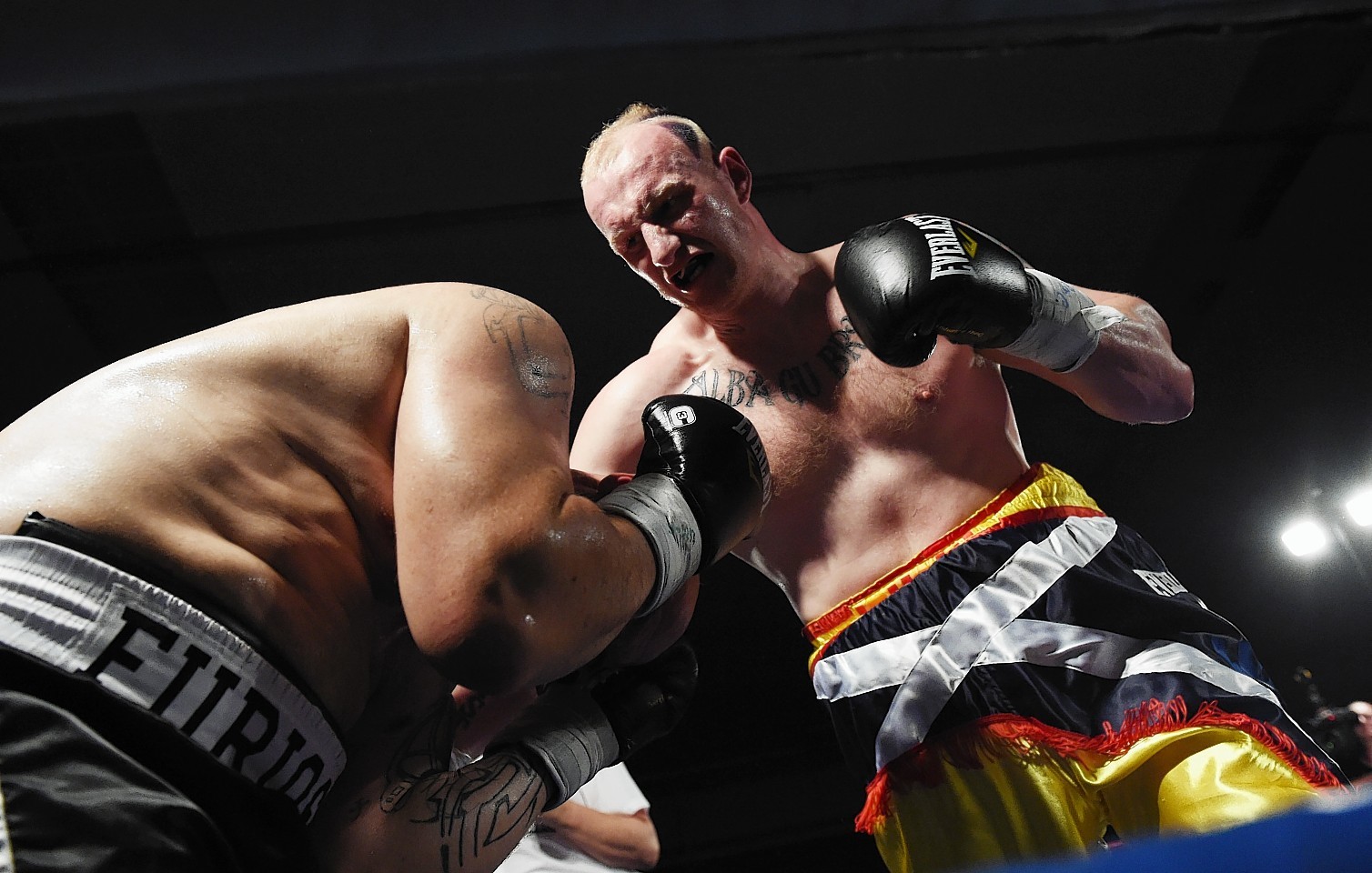Scotland cemented its position as the UK’s biggest foreign direct investment (FDI) region outside London during 2014, while also enjoying a boost to its global profile from a string of high profile events, EY said yesterday.
But a shift in the type of investments, with a greater emphasis on scientific research, meant FDI-related job creation fell by 15% north of the border, the professional services firm added.
EY said its latest “attractiveness survey” showed the total number of investments secured by Scotland during 2014 fell slightly to 80 projects, from 82 the year before.
But it was still the third highest annual total on record and followed a 16-year high in 2013.
Mark Harvey, EY partner and Scotland market leader, said: “Scotland is punching above its weight in securing global FDI but challenges remain.
“The world economy continues to struggle for growth and FDI values globally fell in 2014.
“Scotland faces fierce competition for projects from locations not just across the UK but also worldwide.
“The challenge now for Scotland is to build further on the achievements to date and tackle the areas where it can do better.”
According to EY, Scotland secured more scientific research FDI projects last year than at any time in the past decade.
Financial services sector investments bounced back, the firm said, adding the five FDI projects in the sector was the highest annual total since 2006.
Economically key manufacturing FDIs increased to 31, from 15 the year before, with growth led by machinery and equipment projects more than doubling in number.
The trend towards more scientific research, which has a high economic value but creates fewer jobs, meant total employment secured from FDI fell to 3,532 new roles, from 4,155 in 2013.
But EY said Scotland was still the second most successful UK location after London for job creation from inward investment projects, with more than 37,000 generated since 2005.
The survey also showed 2014 was Scotland’s most successful year in a decade for attracting US investments, with a total of 37 well above the historical trend.
Scotland secures two out of every five of its FDI projects from US investors, EY said.
This country also gains a higher proportion of its investments from France and Norway than the UK as a whole but fewer from Germany and India, it added.
Asked which region of the UK they perceived as the most attractive for locating operations, 6% of investors picked Scotland – a dramatic increase from just 2% a year ago.
Mr Harvey said: “While perception figures can be somewhat volatile by nature, the scale of the increase is a very encouraging sign for future FDI in Scotland.
“It suggests that the halo effect from Scotland’s high-profile events in 2014 have indeed boosted global perceptions of Scotland as an FDI destination.”
